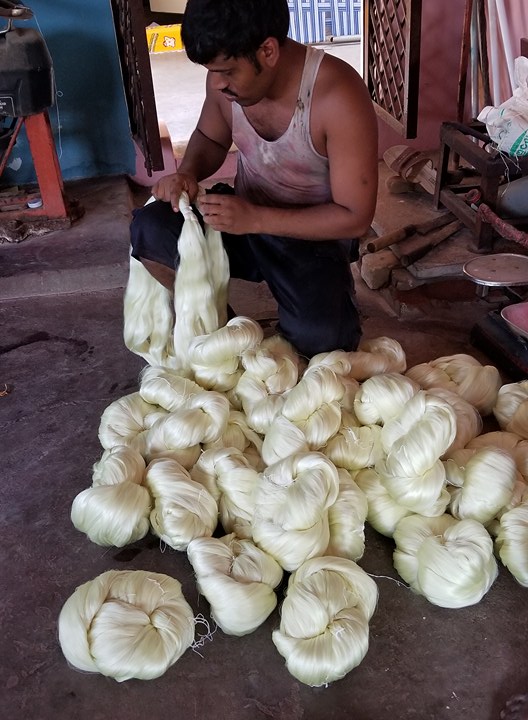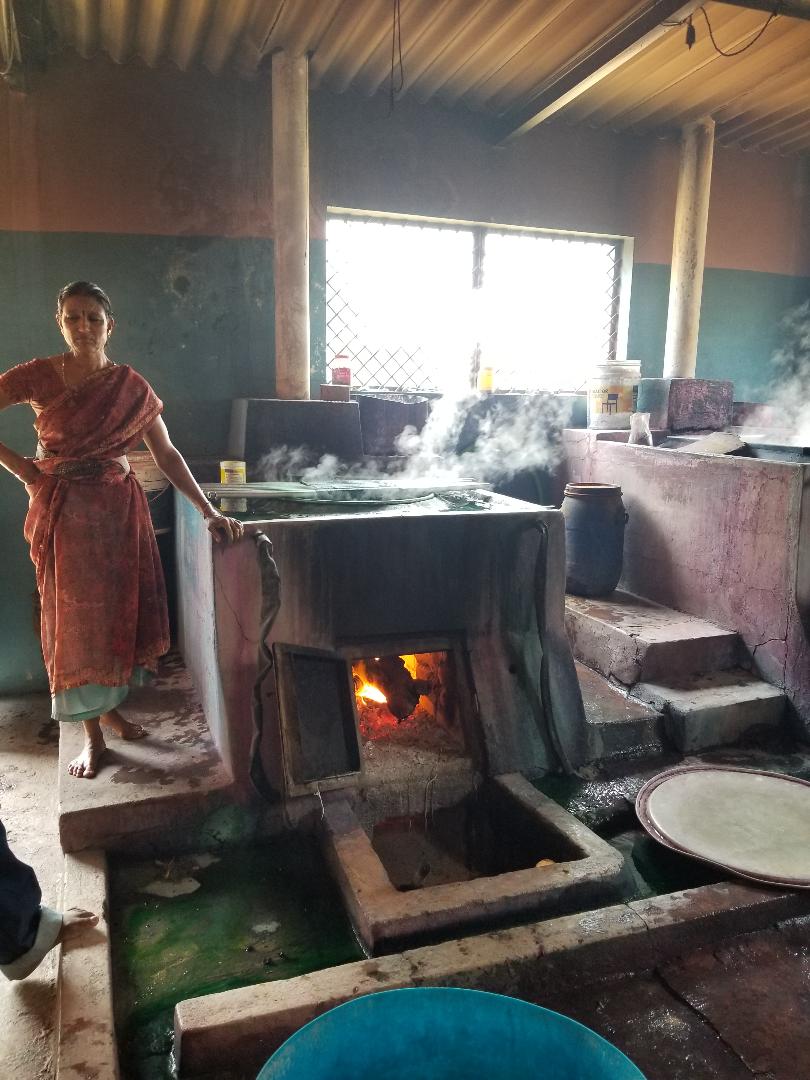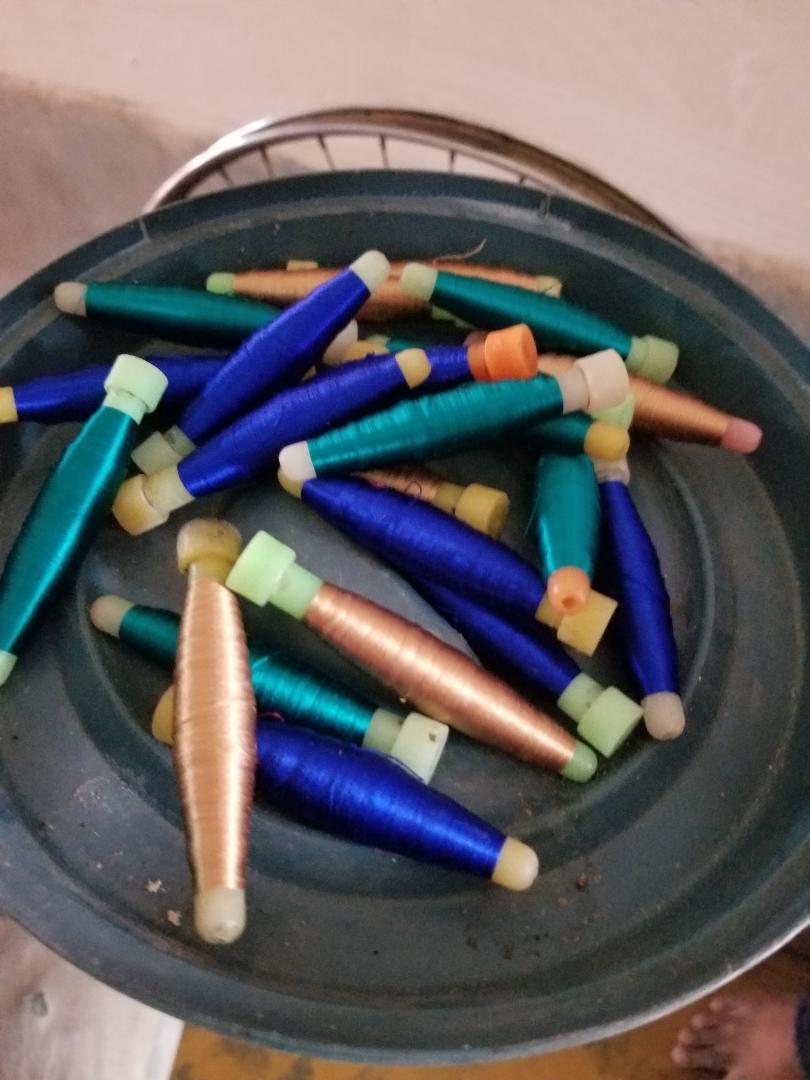One of the things that struck me on my first trip to south India was how colorful the clothing is. Women of all ages are dressed to the nines in beautiful clothing, some traditional and some more modern, but all looking quite striking.
Those who wear the traditional saree can choose from a variety of fabrics but the most luxurious is the silk saree. Today we ventured out to see how these beautiful garments are made and we got to see most of the supply chain in action in Hindupur (about 2.5 hour drive northwest into the countryside from Bangalore). This is where some of the most exclusive saree shops in India come to buy silks and re-sell in their high-end retail stores for hundreds, sometimes thousands of dollars.
First the cocoons are harvested and brought to this small factory, and the next step is for the cocoons to be removed from their husks (I have no idea if they're called husks but that's what they look like to me).
Next the cocoons are added to boiling water to kill the worms living inside (yes, I felt bad for the worms...they worked so hard on their houses!)
Once the worms are boiled to death, the cocoons are dried.
Now comes a really interesting part. They are put back into water and the cocoons are unraveled. (All that hard work by the worms, undone by humans! Honestly, who ever thought to do this. Innovation is a peculiar thing.)
After being unravelled, the silk is spooled.
With the spools in hand, they are then separated into skeins for dying. The dying process is unbelievable folks, I'm really not kidding.
Now yet another painstaking process begins. Over what essentially amounts to an open kiln, a pair of people hand-dye the silk threads. They dip it over and over again for a period of an hour to ensure consistency of color and to create the hues you see in the most beautiful silks here.
Once dried and re-spooled the new, brightly colored silk thread is delivered to the weaver.
The weaver uses a loom to make the sarees. Each weaver's loom was different, some being more professional looking than others. But all of the men we met created beautiful masterpieces with silk. (Side note: all the weavers we saw today were men. I'm sure there are women too but I didn't see any in this village.)
The entire neighborhood sounded like this. While it was quite a racket, it was mesmerizing after awhile.
I'll definitely be bringing some of these silks home with me. What an unforgettable day!
If you have any interest in sarees, or even just the silk, drop me a line!









